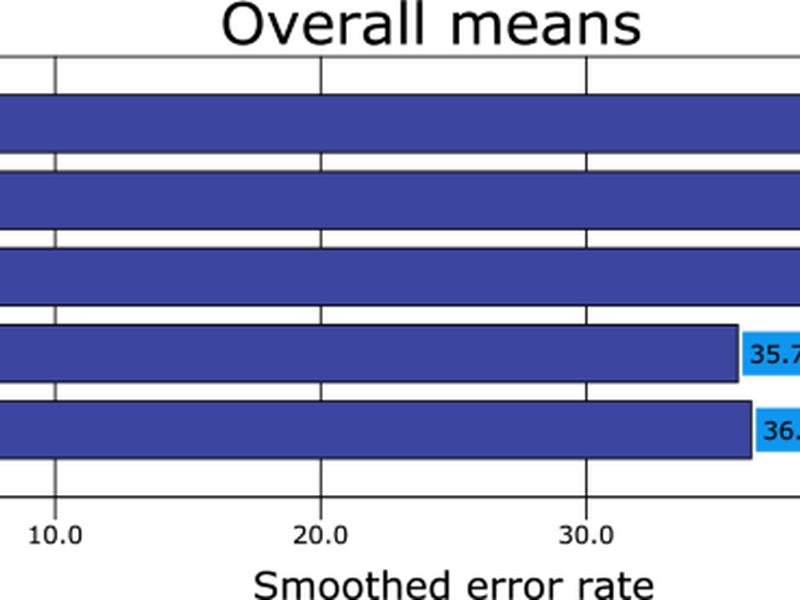This paper investigates the ability of ensemble learning to predict and identify factors that influence or contribute to autism spectrum disorder therapy (ASDT) for intervention purposes. Five single classifiers and several multiple classifier learning systems were tested using a dataset of behavioural data and robot-enhanced therapy against standard human treatment. Results showed that decision trees were the most accurate single classifier, and multiple classifier learning systems (MCLS) achieved better performance for ASDT prediction. Additionally, the results showed that bagging and boosting ensemble learning were robust when predicting ASDT, and eye contact and social interaction were the most critical contributing factors to the ASDT problem among children.

